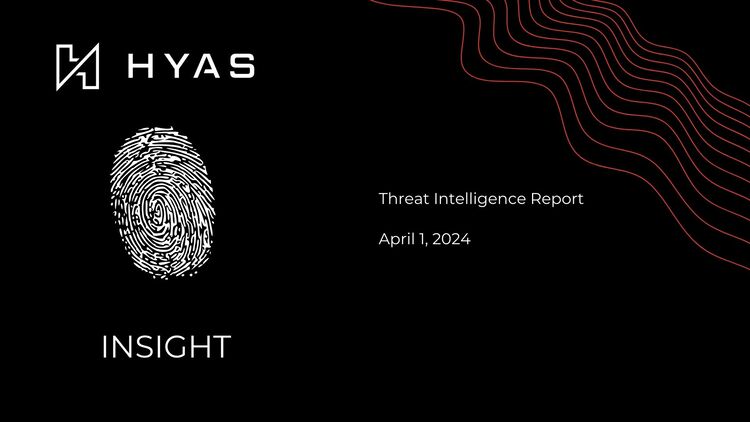Weekly Threat Intelligence Report
Date: April 1, 2024
Prepared by: David Brunsdon, Threat Intelligence – Security Engineer, HYAS
Each week, we are sharing what we are seeing in our HYAS Insight threat intelligence and investigation platform, specifically a summary of the top autonomous system numbers (ASNs) and malware origins, as well as the most prominent malware families. We identified certain information that raises several concerning points that warrant thorough analysis and consideration.
Want more threat intel on a weekly basis?
Follow HYAS on LinkedIn
Follow HYAS on X
Summary of Top ASNs and Malware Origins
AS9318 – SK Broadband Co Ltd (South Korea)
AS9318, also known as SK Broadband Co Ltd, is a significant Internet Service Provider (ISP) based in South Korea. Despite its prominence, there’s a notable presence of malware activity associated with this ASN. This suggests potential cybersecurity vulnerabilities within the network infrastructure, possibly stemming from compromised end-user machines or malicious clients. To address this issue, SK Broadband Co Ltd should enhance its security protocols, tighten control over network users, and collaborate with cybersecurity organizations for effective malware mitigation strategies.
AS8968 – BT Italia S.p.A. (Italy)
AS8968, managed by BT Italia S.p.A., is an ASN based in Italy. Despite being a reputable ISP, it exhibits substantial malware activity. This could indicate compromised systems within the network rather than inherent malicious intent from the ISP itself. BT Italia S.p.A. needs to implement stricter security measures to mitigate this issue effectively.
AS216309 – TNSECURITY (UK)
AS216309 is an ASN registered within the UK under TNSECURITY. While the location suggests legitimacy, there are reported instances of high malware activity associated with this ASN. It’s imperative to investigate potent
[…]
Content was cut in order to protect the source.Please visit the source for the rest of the article.
Read the original article:
